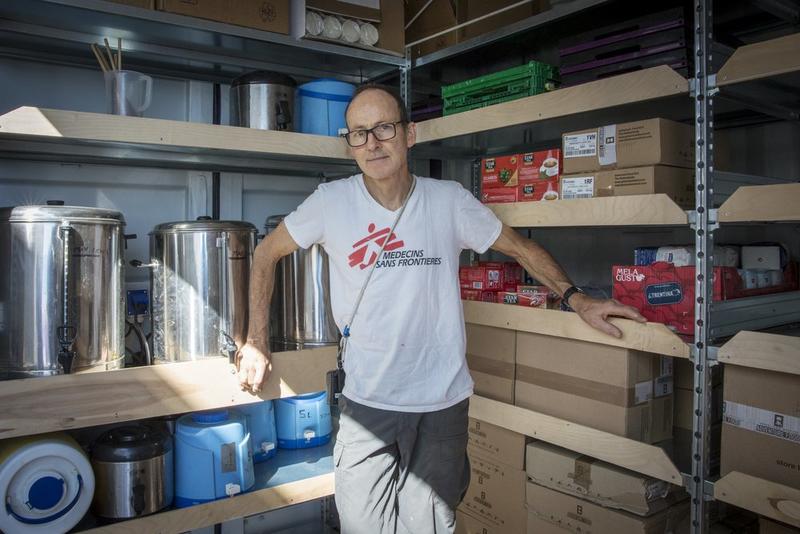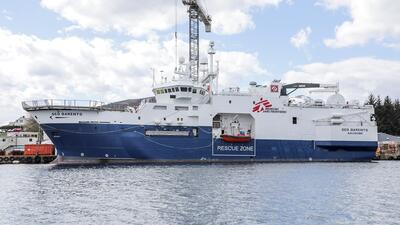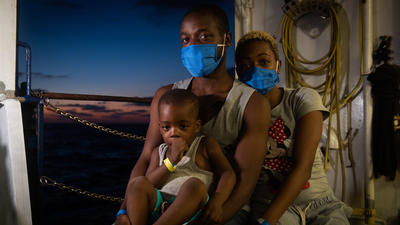Kiwi field worker Shaun Cornelius has been involved in search and rescue operations with MSF, on the MV Aquarius in 2016 and 2017 and more recently on the first rotation of the Ocean Viking. This year, he was part of a project team involved in sourcing and preparing the ship for humanitarian search and rescue operations.
It took Médecins Sans Frontières/Doctors Without Borders (MSF) and SOS Méditerranée almost three months to transform an ordinary ship into the Ocean Viking. But prior to starting the conversion, a suitable ship had to be found and commercial arrangements negotiated. This involved collaborating with shipbrokers and leasing agents to identify a ship that was suitable for the intended purpose, with a shipowner that was comfortable with the situation the Ocean Viking and crew would be operating in.

As the MSF logistician, I lived on the Ocean Viking in the shipyard – along with a skeleton crew – and managed the day-to-day work. During the conversion, we typically had around 25 shipyard workers and subcontractors, plus regular attendance of a project management team, including representatives from SOS Méditerranée, the lead contractor, the ship owner and myself. Getting the conversion designed and completed within time and budget was challenging. This involved working with naval architects for the design; marine certification authorities; the shipyard contractor; and various subcontractors, equipment suppliers, the ship owner, the ship crew, and of course MSF and SOS management.
The design, construction and modification processes for ships are highly regulated for safety reasons. The design for the conversion needed to be approved, and the work itself was inspected and signed off as it was completed. Once this was done, the entire ship had to go through a re-certification process before it was permitted to leave port.
Normally, design, approval, construction, inspection, and sign-off is a sequential process, but due to time constraints, we paralleled the process by starting construction as soon as we had drawings. While this was not risk-free, by working closely with the designer, contractors and certification authorities we managed to achieve a greatly accelerated schedule. There was only one instance where we had to dismantle and make modifications after the work had been completed.
Some of the key features needed to get a search and rescue ship underway include:
- Facilities to carry, launch and recover three fast rescue crafts. Either hydraulic davits – a hydraulically operated cradle that swings over the side of the ship – or fixed cradles within range of the ship’s cranes are required for the transport, launching and recovery of fast rescue crafts.
- A rescue zone. There needs to be an area on at least one side of the ship with a sufficiently low freeboard that allows rescued people to be safely transferred on board from the fast rescue crafts, and with clear access from the main deck.
- Facilities for carrying, launching and recovering lifesaving equipment such as rafts and floats.
- Accommodation. In our case, accommodation for 22 MSF and SOS Méditerranée crew members, in addition to the eight or so regular ship crew needed for a vessel of this size. This resulted in very cramped living conditions.
- Sufficient deck space. Space is needed to install the facilities required to accommodate the people rescued. This includes shelter and sleeping space for up to 200 people; a medical clinic, recovery rooms, and a medical warehouse; toilet and shower facilities; space for food preparation and storage; a logistics workshop; waste management and storage facilities.
- Sufficient freshwater production and storage capacity, and sewage processing and storage capacity.





